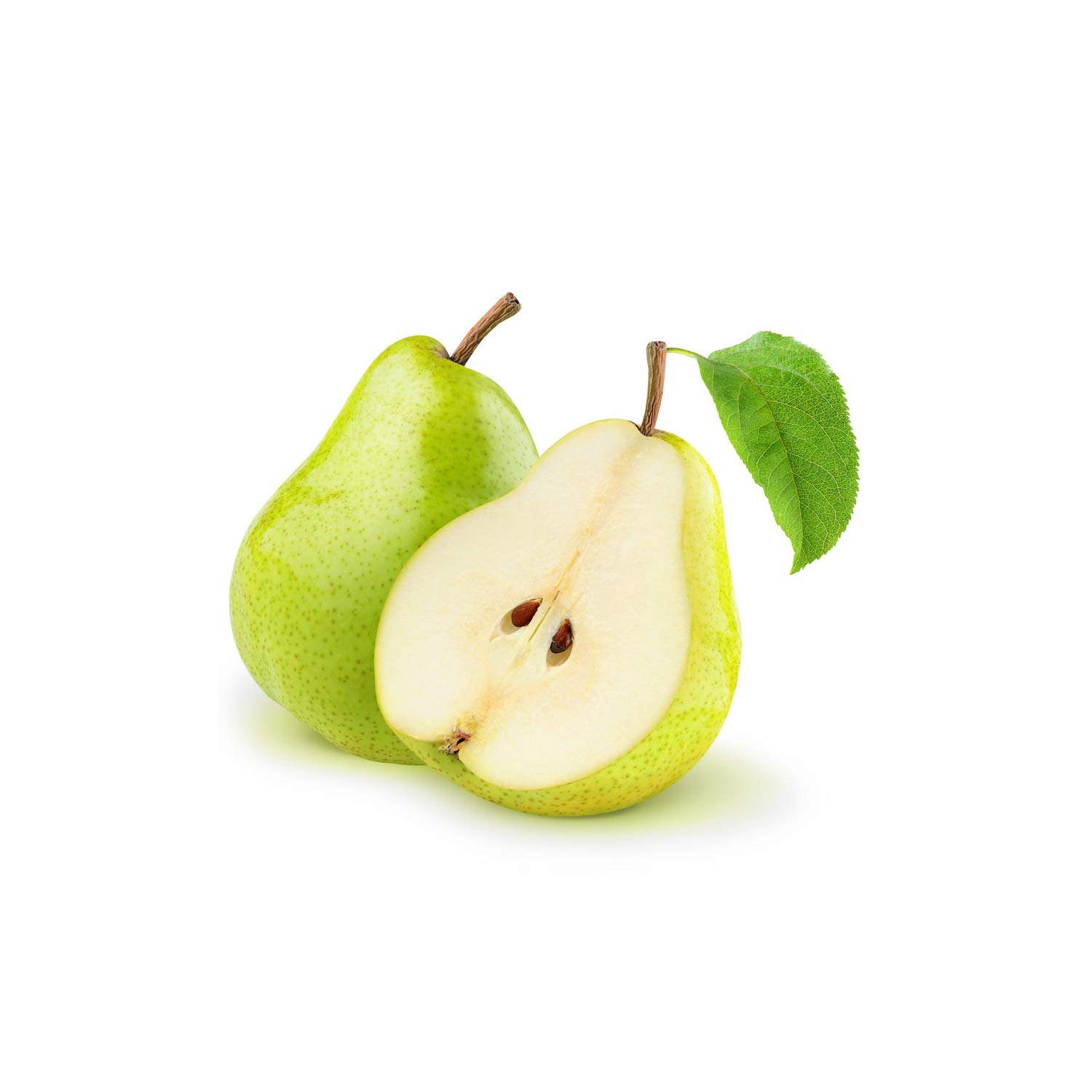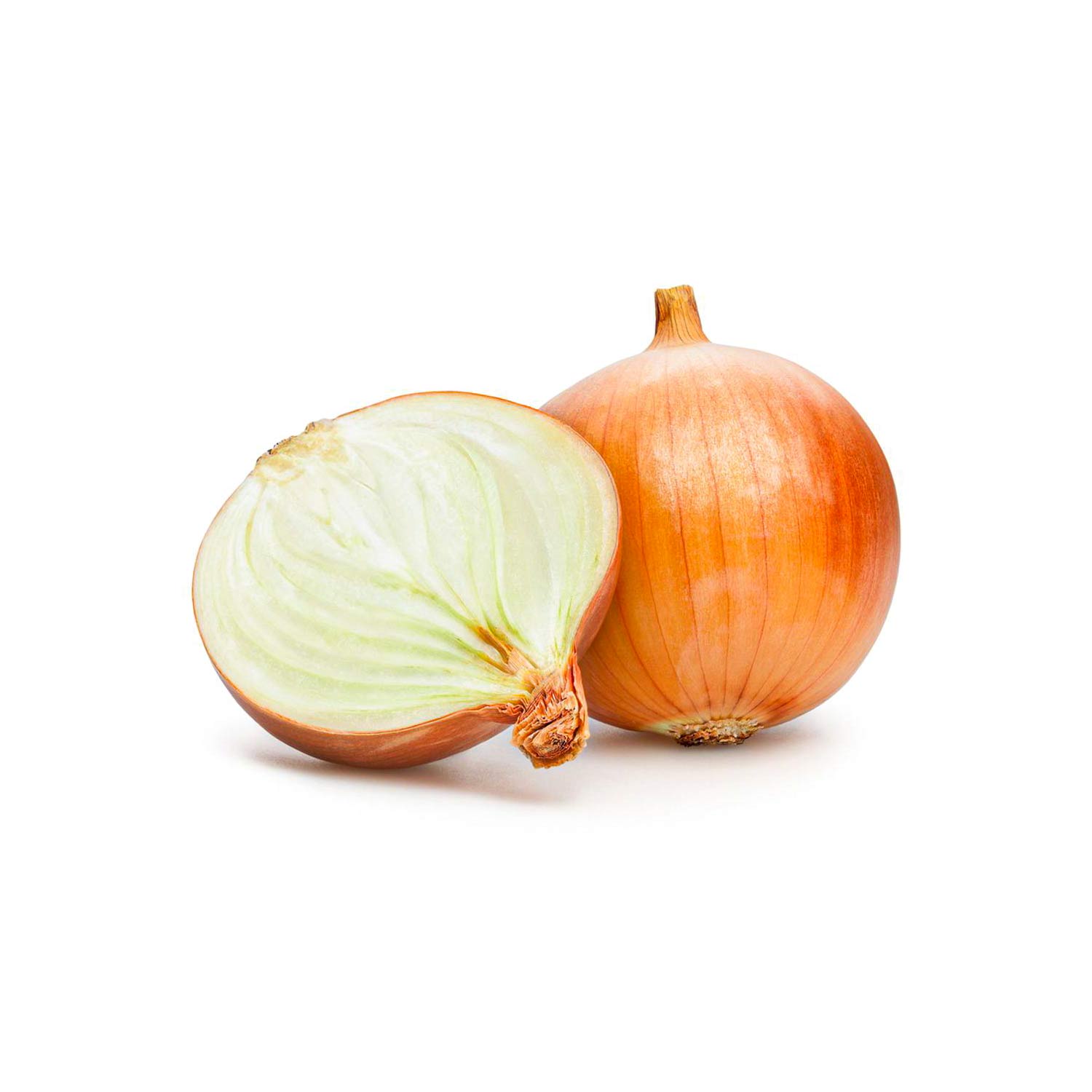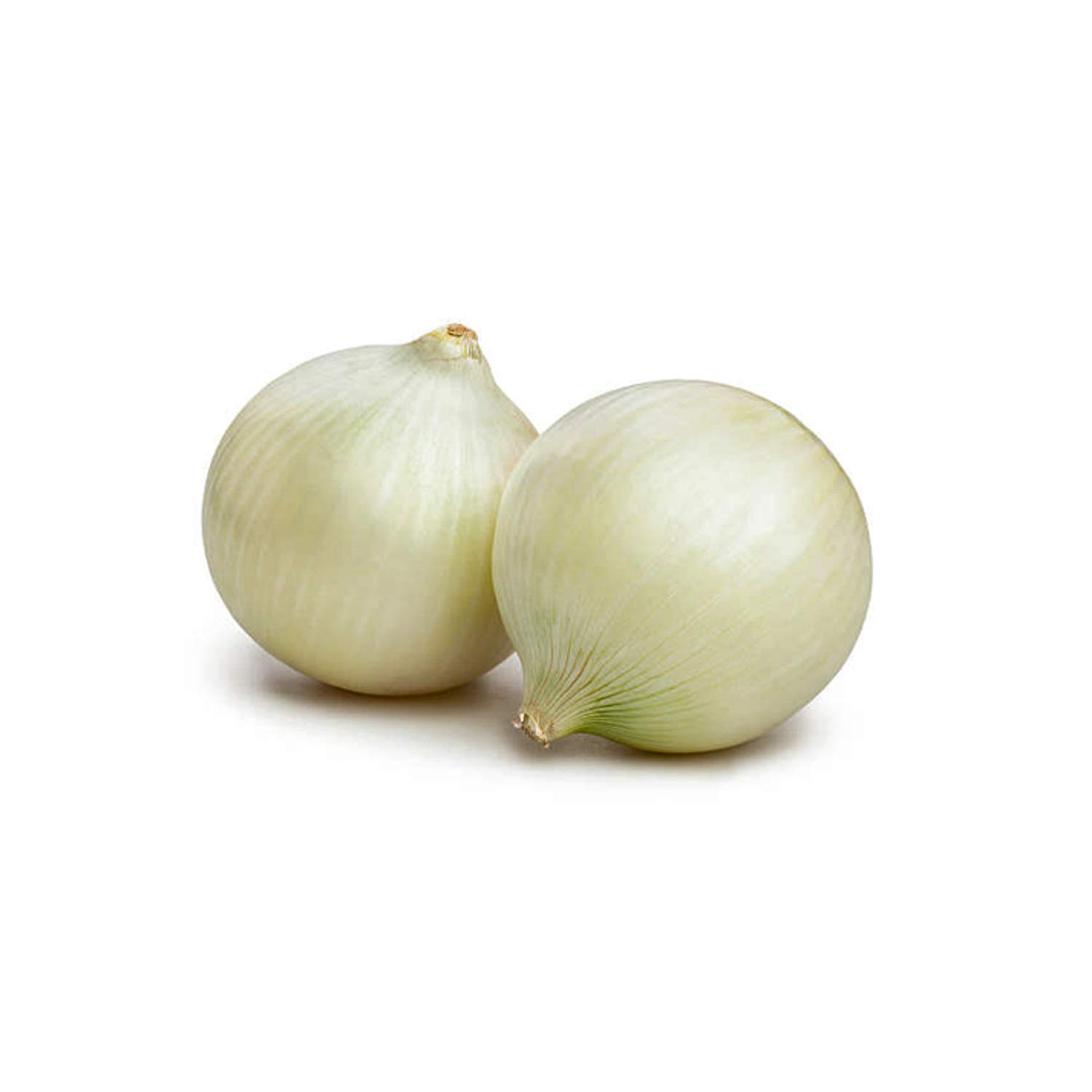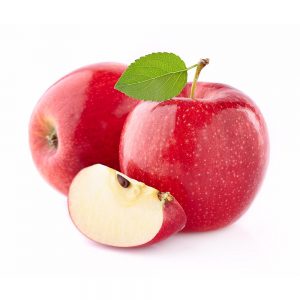A Step-by-Step Guide
How to Successfully Import
Importing pears can be a lucrative opportunity for businesses and entrepreneurs looking to expand into the fresh produce market. Not only are pears loved for their sweet taste and versatility, but they also provide numerous health benefits. In this guide, you’ll learn the essential steps to importing pears while ensuring legal compliance and maintaining high-quality standards.How to Import Pears How to Import Pears



Understanding the Pear Market
Popular Pear Varieties
Before starting the import process, it’s important to recognize the different types of it available globally. This knowledge helps you align your selection with consumer preferences.
Bartlett Pears: These are sweet and juicy, making them ideal for fresh eating and canning.
Bosc Pears: With a firm texture and spicy flavor, Bosc pears are great for baking and poaching.
Anjou Pears: These pears have a mild flavor and smooth texture, commonly used in salads and desserts.
Additionally, analyzing market trends will help you determine which variety has the greatest demand in your region.
Identifying Reliable Suppliers
The success of your import depends heavily on sourcing it from trustworthy growers or exporters. Therefore, it’s crucial to evaluate both local and international options.
Domestic Growers: These may offer quicker delivery and fewer logistics hurdles.
International Suppliers: Countries such as Argentina, China, and the USA are leading pear producers. You can connect with them via trade fairs, online directories, or import-export platforms.
Moreover, checking supplier credentials, certifications, and past customer reviews can prevent potential setbacks.How to Import Pears
Step-by-Step Pear Import Process
1. Research Import Regulations
To begin, you must understand the import regulations specific to your country. This step ensures compliance and avoids legal complications.
Import Permits: Some countries require special licenses to import agricultural products.
Quarantine and Inspection: Many nations enforce quarantine standards to prevent the introduction of pests or diseases.
By understanding these rules upfront, you can avoid shipment delays and potential penalties.
2. Choose the Best Shipping Method
Your choice of shipping affects both cost and product quality. As a result, selecting the appropriate method is essential.
Air Freight: Suitable for smaller, urgent shipments. It is faster but more expensive.
Ocean Freight: Ideal for bulk imports. Although slower, it is more cost-effective when refrigerated containers are used.
In either case, make sure your logistics partner is experienced in handling perishable goods.
3. Negotiate Contracts and Pricing
Once you’ve selected a supplier, it’s time to finalize your agreement. During this stage, focus on transparency and clarity.
Quality Standards: Clearly define the size, appearance, and ripeness levels expected.
Payment Terms: Agree on the financial terms, such as deposit amounts or letters of credit.
Incoterms: These international commercial terms clarify responsibilities related to shipping and insurance.
As a result of good negotiation, both parties will benefit from reduced risk and clear expectations.
4. Prepare for Customs Clearance
After finalizing your shipment, prepare the documentation needed to pass customs smoothly.
Hire a Customs Broker: This professional will guide you through local regulations and help avoid errors.
Gather Documentation: Essential papers include the bill of lading, commercial invoice, and phytosanitary certificate.
Because customs processes can vary widely by country, working with a broker often speeds up clearance.
5. Perform Quality Checks Upon Arrival
Once the pears arrive, inspect the shipment to ensure it meets your quality expectations.
Examine Condition: Look for signs of spoilage, bruising, or overripeness.
Arrange Proper Storage: Use cold storage facilities to maintain freshness before distribution.
Furthermore, documenting your inspection process helps in handling disputes or claims with suppliers.
Final Thoughts
Importing pears involves several steps—from choosing varieties and negotiating with suppliers to navigating regulations and inspecting final deliveries. However, with proper planning and execution, it can be a highly rewarding business venture. By staying informed and detail-oriented, you can ensure that your imported pears meet quality standards and satisfy your market’s needs.





